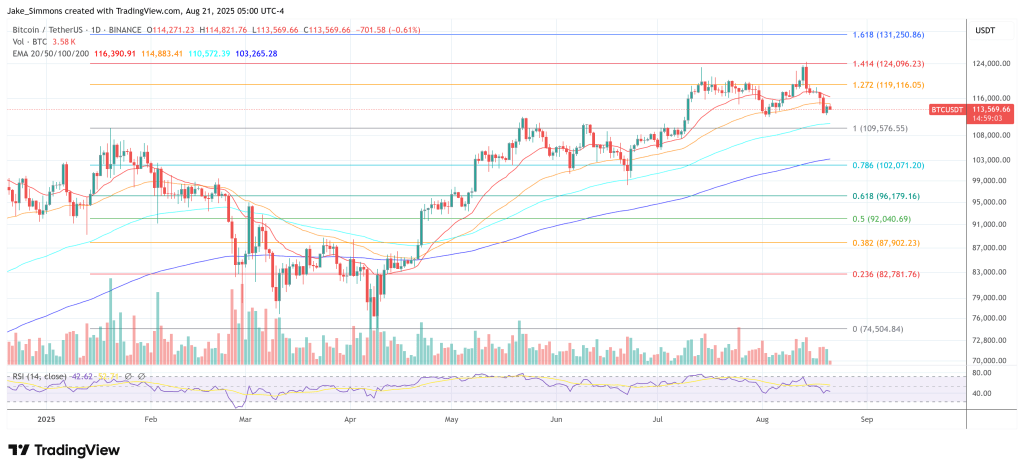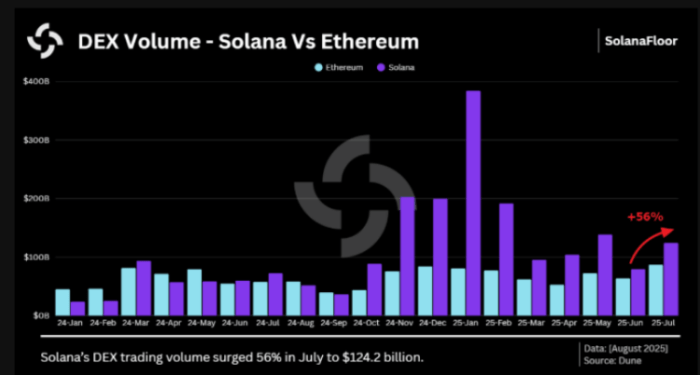Lummis Fast-Tracks Crypto Market Structure Bill To Reach Trump’s Desk Before Thanksgiving


In a recent address, pro-crypto Senator Cynthia Lummis revealed her efforts to expedite the passage of a crucial piece of legislation known as the Market Structure Bill.
This initiative follows the recent enactment of several significant laws, including the GENIUS Act, the CLARITY Act, and the Anti-CBDC bills, all aimed at shaping the future of digital assets in the United States.
Keys Behind The Responsible Financial Innovation Act
Since the House of Representatives passed these key crypto bills last month, the Senate Banking Committee has been crafting its version of a comprehensive regulatory framework for cryptocurrencies.
Under the leadership of Chairman Tim Scott and alongside Senators Lummis, Bill Hagerty, and Bernie Moreno, the committee introduced the draft of the “Responsible Financial Innovation Act of 2025.”
This piece of crypto legislation seeks to provide much-needed regulatory clarity, promote innovation, and address the significant risks often associated with the evolving digital asset landscape.
The Senate’s proposed framework builds on the foundation laid by the Clarity Act, which primarily aimed to empower the Commodity Futures Trading Commission (CFTC) and classify digital assets as commodities.
In contrast, the Senate bill grants the Securities and Exchange Commission (SEC) primary regulatory oversight over what it terms “ancillary assets.”
Notably, the bill specifies that these ancillary assets should not be classified as securities, and transactions involving them would not fall under federal securities laws, including the Securities Investor Protection Act of 1970.
This comes on the heels of statements from SEC Chair Paul Atkins, who suggested that only a small number of tokens could be classified as securities, depending on how they are packaged and marketed.
Crypto Legislation’s Thanksgiving Deadline
The bill also takes a stance on combating illicit financial activities associated with digital assets. It mandates new regulations for anti-money laundering (AML) efforts and countering the financing of terrorism.
The draft unveils that one of the most pressing challenges in developing a robust digital asset market is determining how traditional banks and financial institutions fit into this evolving ecosystem.
An increasing number of banks such as Morgan Stanley, Citigroup, and Bank of America, are now considering the integration of crypto assets, particularly stablecoins , as a means to overcome traditional payment barriers.
The proposed legislation aims to address this issue by explicitly allowing banks and financial holding companies to engage in a variety of digital asset activities, including custody and trading.
During a recent conversation at the SALT conference in Jackson Hole, Wyoming, Senator Lummis expressed her confidence in the crypto bill’s momentum, stating, “We will have it on the President’s desk before Thanksgiving.”

Featured image from DALL-E, chart from TradingView.com

Analyst Sounds The Alarm—Bitcoin Could Slide Toward $88K
Bitcoin’s recovery attempt is drawing attention after a week of steady losses, with one market watch...

Bitcoin To $15 Million Possible Once Powell Is Out, Says Arthur Hayes
Arthur Hayes believes the long arc of US policy now points toward money creation on a scale that cou...

The Solana Volume Bot: The True Crypto Traders Must-Have
Crypto markets move at breakneck speed, and Solana tops the charts in fast, low-cost token launches ...

